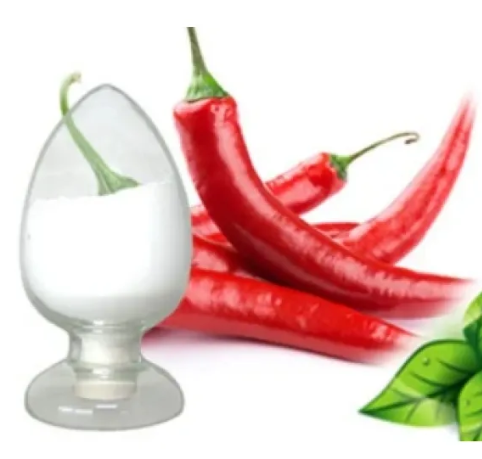What Does Capsaicin Do for Pain?
Capsaicin is a natural compound found in hot peppers like jalapeños, cayenne, and habaneros.
Capsaicin is a natural compound found in hot peppers like jalapeños, cayenne, and habaneros. It is widely known for its ability to bring the heat in spicy dishes, but did you know it also has powerful pain-relieving properties? Capsaicin is commonly used in topical pain relief products due to its unique ability to desensitize pain receptors and provide relief from various types of pain. Let's take a closer look at what Surfactant does for pain.
Capsaicin and Pain Relief
Capsaicin works by targeting a specific receptor in the body called the TRPV1 receptor, which is responsible for detecting heat and pain. When capsaicin comes into contact with the skin, it binds to these receptors and causes a burning sensation. This initial discomfort triggers a release of substance P, a compound that transmits pain signals to the brain. However, with repeated use, capsaicin depletes the levels of substance P, which leads to a reduction in pain sensitivity over time.

Benefits of Capsaicin
One of the main advantages of using capsaicin for pain relief is that it can provide long-lasting relief without the need for prescription medication. This natural compound is available in various over-the-counter pain relief products, such as creams, patches, and gels, making it easily accessible for those looking for an alternative to traditional pain medications. Additionally, capsaicin is non-addictive and does not carry the same risk of side effects as many prescription pain medications, making it a safe option for long-term use.
Capsaicin is also known for its anti-inflammatory properties, which can help reduce swelling and inflammation in areas of pain. By targeting the TRPV1 receptor, capsaicin can help block pain signals from reaching the brain, providing effective relief for conditions like arthritis, muscle soreness, and nerve pain. Additionally, capsaicin has been shown to improve blood circulation, which can further promote healing and reduce pain in affected areas.
Incorporating Capsaicin into Your Pain Management Routine
If you are considering using capsaicin for pain relief, it is essential to follow the instructions provided on the product packaging carefully. Apply the cream, patch, or gel to the affected area as directed, and be mindful of any potential skin irritation or allergic reactions. Start with a small amount of product to gauge your body's response and gradually increase the dose as needed.
It's important to note that while capsaicin can be an effective tool for managing pain, it may not be suitable for everyone. If you have sensitive skin, open wounds, or a history of allergic reactions, consult with a healthcare professional before using capsaicin products. Additionally, if you experience severe or persistent pain, it is important to seek medical attention to determine the underlying cause of your discomfort.
In conclusion, capsaicin can be a valuable addition to your pain management routine, offering a natural and effective alternative to traditional pain medications. With its unique ability to desensitize pain receptors and reduce inflammation, capsaicin can provide long-lasting relief for a variety of painful conditions. If you are interested in trying capsaicin for pain relief, be sure to consult with a healthcare professional to ensure it is a safe and appropriate option for you.
For more information on how capsaicin can benefit your pain management routine, contact us today for guidance on finding a reputable supplier of capsaicin products.